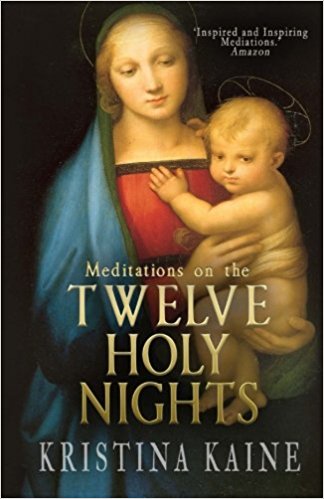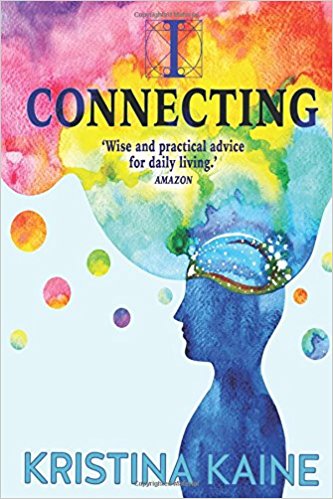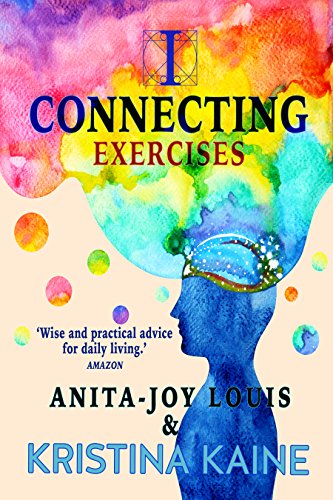7. The Resurrection
The whole of John chapter 20 speaks to us about our resurrection experience. How can we prepare for the death and resurrection of Jesus the Christed one in our own being? One response might be to just let it happen BUT if we are not aware of it the experience will just pass us by – read about Mary standing at the tomb.
“But Mary stood weeping outside the tomb, and as she wept she stooped to look into the tomb; and she saw two angels in white, sitting where the body of Jesus had lain, one at the head and one at the feet. They said to her, “Woman, why are you weeping?” She said to them, “Because they have taken away my Lord, and I do not know where they have laid him.” Saying this, she turned round and saw Jesus standing, but she did not know that it was Jesus. Jesus said to her, “Woman, why are you weeping? Whom do you seek?” Supposing him to be the gardener, she said to him, “Sir, if you have carried him away, tell me where you have laid him, and I will take him away.” Jesus said to her, “Mary.” She turned and said to him in Hebrew, “Rab-bo’ni!” (which means Teacher). Jesus said to her, “Do not hold me, for I have not yet ascended to the Father; but go to my brethren and say to them, I am ascending to my Father and your Father, to my God and your God.” Mary Mag’dalene went and said to the disciples, “I have seen the Lord”; and she told them that he had said these things to her.” John 20:10-18
How can we make this story real in our 21st Century lives? Read another version of the story.
But our soul stood weeping outside the body, and as she wept she stooped to look into the body; and she saw two angels in white, sitting where the “I” had lain, one at the head and one at the feet. They said to her, “Soul, why are you weeping?” She said to them, “Because they have taken away my “I”, and I do not know where they have laid him.” Saying this, she turned round and saw her “I Am” standing, but she did not know that it was her “I Am”. Her “I Am” said to her, “Soul, why are you weeping? Whom do you seek?” Supposing her “I Am” to be the gardener, she said to him, “Sir, if you have carried my “I” away, tell me where you have laid him, and I will take him away.” Her “I Am” said to her, “Soul.” She turned and said to him in Hebrew, “Rab-bo’ni!” (which means Teacher). Her “I Am” said to her, “Do not hold me, for I have not yet ascended to the Father; but go to my brethren and say to them, the I am is ascending to my Father and your Father, to my God and your God.” Mary Mag’dalene (the soul) went and said to the disciples, “I have seen the I Am”; and she told them that he had said these things to her.
Personalising these Biblical stories in this way brings them right into our life now. Our soul looks into the physical for its reality. This is a natural, evolutionary thing to do. The time has come when we can start looking to our spiritual being for a sense of reality. For this to happen the earthly sense of “I” must die and it must be removed from the tomb of the body to be resurrected as the spiritual I AM. This continual refinement is an agonising process and our soul will weep; so much so that we will find it hard to see through the tears.
Then we must hear the words “Do not hold me”. It is as if, in the refining process, we must wait for the metal to cool. This fights against the earthly inclinations to have things instantly. Fortunately the solution is given. We must keep busy: “go to my brethren and say to them, (the) I am (is) ascending to my Father and your Father, to my God and your God.”
Then we must hear the words “Do not hold me”. It is as if, in the refining process, we must wait for the metal to cool. This fights against the earthly inclinations to have things instantly. Fortunately the solution is given. We must keep busy: “go to my brethren and say to them, (the) I am (is) ascending to my Father and your Father, to my God and your God.”
The brethren are all those processes within us that must be resurrected, that must be spiritualised; then if the “I” is missing from the grave it doesn’t necessarily mean some ‘one’ has taken him; and the man in the garden isn’t necessarily the gardener. The first process that must change is our thinking, our conscious awareness. A good way to begin it to stop having opinions and to be open to as many as twelve explanations for every situation we meet in the world. In this way we can observe deeply all that happens around us and reach a new understanding of our purpose in this life.








